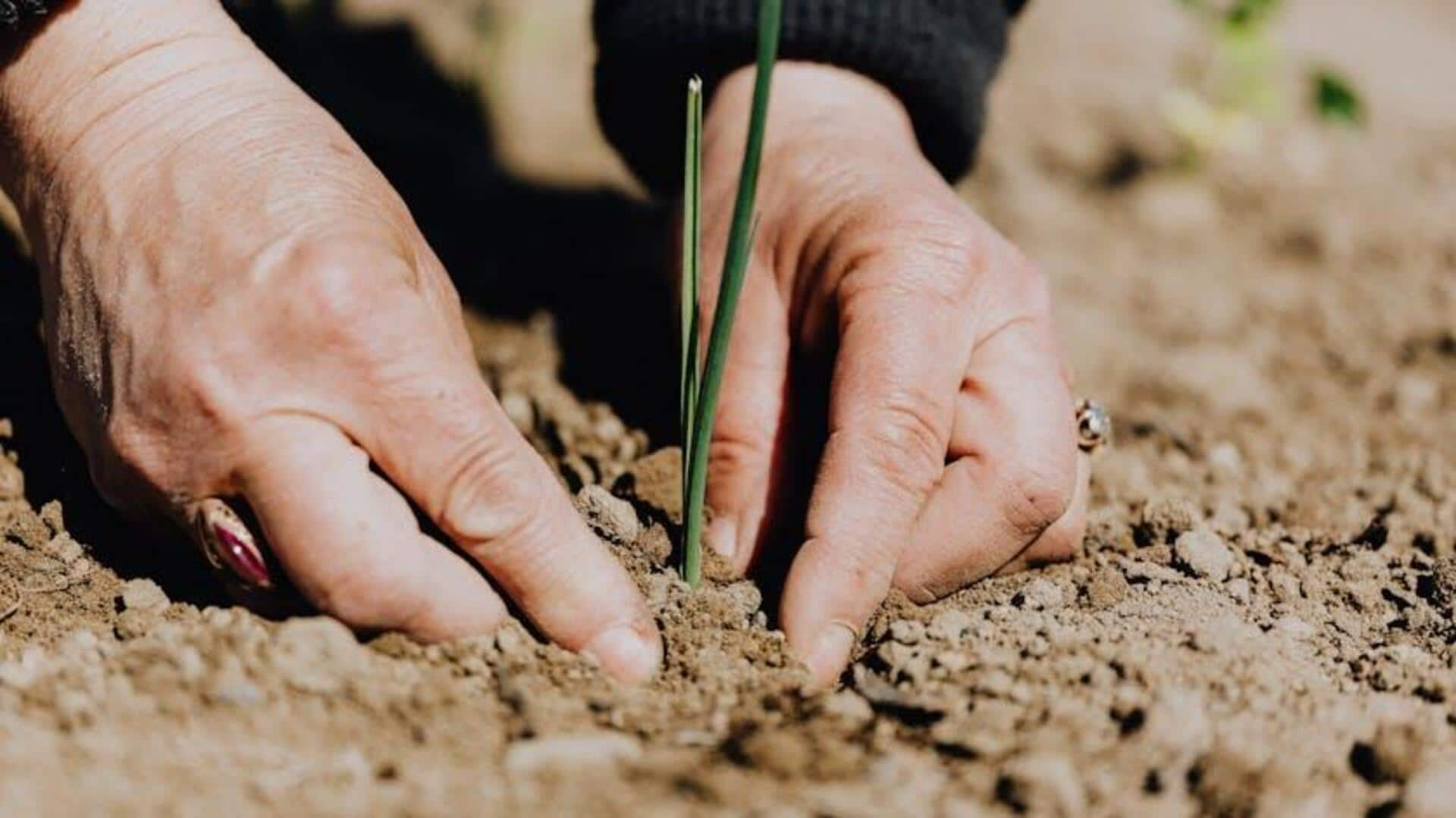
Master seed-saving techniques in Africa like a pro
What's the story
Seed saving, a millennia-old practice, is vital for biodiversity, food security, and community resilience. This article bridges indigenous knowledge and modern seed preservation techniques. It explores identifying local plant varieties, choosing the right seeds, and harvesting and storing them correctly. By blending traditional wisdom with modern practices, we aim to strengthen agricultural sustainability across the continent.
Local knowledge
Understand local varieties
To successfully navigate seed saving in Africa, it's crucial to familiarize yourself with local plant varieties. Each region has unique flora adapted to its specific climate and soil conditions. Collaborating with local farmers and agricultural experts can provide valuable knowledge about the most suitable plants for seed saving. This understanding is key to ensuring the successful preservation of seeds.
Selection process
Selecting the right seeds
The next step is choosing the right seeds to save. Select seeds from plants that are healthy, vigorous, and show desirable traits like drought resistance or high yield. Choose open-pollinated varieties, not hybrid ones. Open-pollinated varieties are more genetically stable and ideal for seed saving. This way, you ensure that the saved seeds will give rise to plants true to type in the next generation.
Harvesting
Proper harvesting techniques
The key to harvesting viable seeds is timing. Seeds should be gathered when they're fully ripe but before they get dispersed naturally by the wind or birds. For most plants, you need to wait until the fruits or pods have dried on the plant itself. While specific harvesting methods depend on the plant species, it's important to handle seeds gently to prevent damage.
Preservation
Cleaning and storage
After harvesting, it's crucial to clean and dry your seeds properly. Eliminate any chaff to avoid mold issues during storage. Dry your seeds in a well-ventilated location, out of direct sunlight, until they reach approximately 10% moisture content. Store in a cool, dry environment to preserve viability. Air-tight containers are your friends - they prevent moisture from sneaking in and compromising your precious seed quality.
Sharing knowledge
Community seed banks
Creating community seed banks is a great way to preserve genetic diversity and share knowledge among farmers across Africa. These banks are like libraries where seeds of different local varieties are stored and managed collectively by the community. They provide access to diverse plant genetics and serve as hubs for learning about traditional and innovative seed-saving practices.